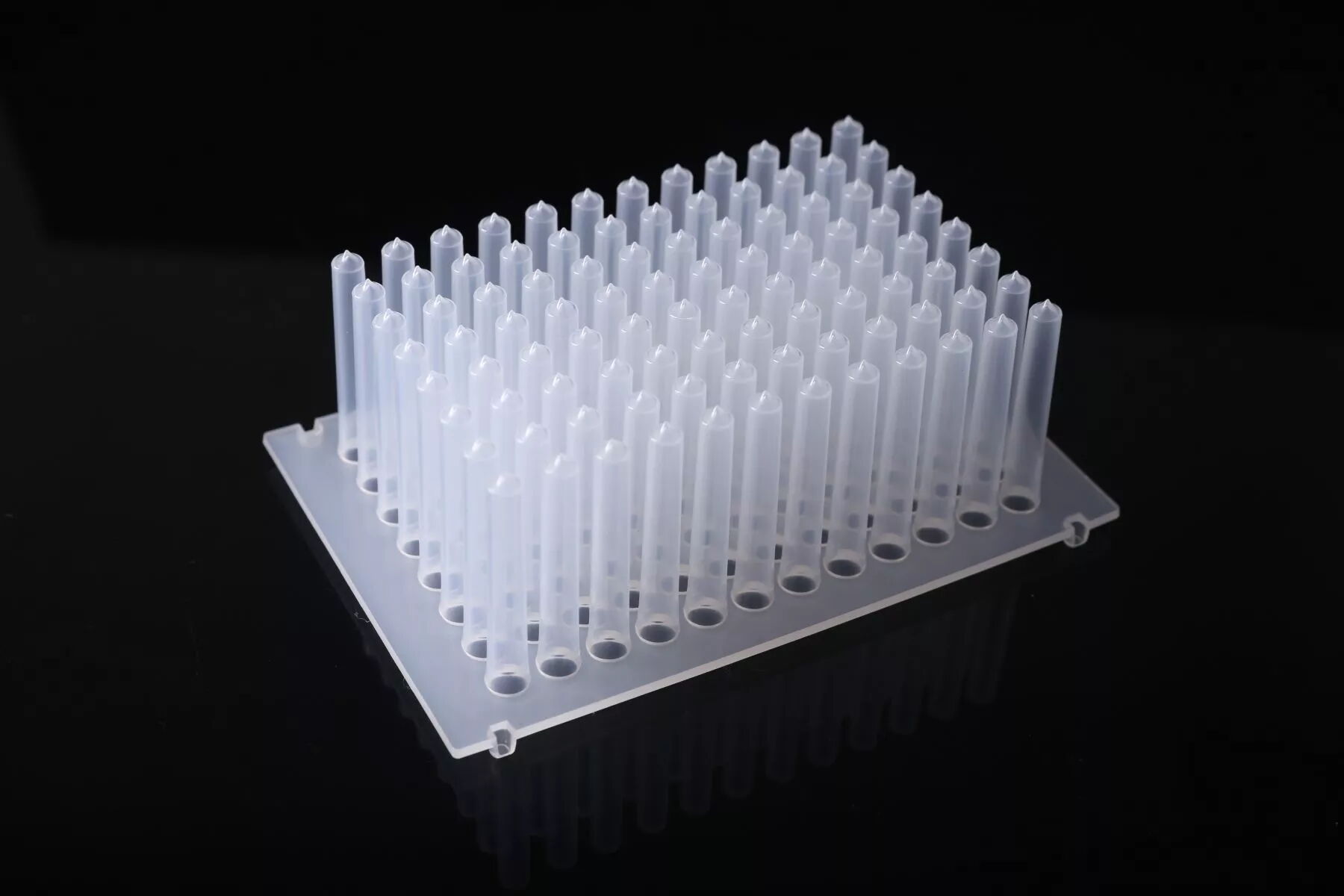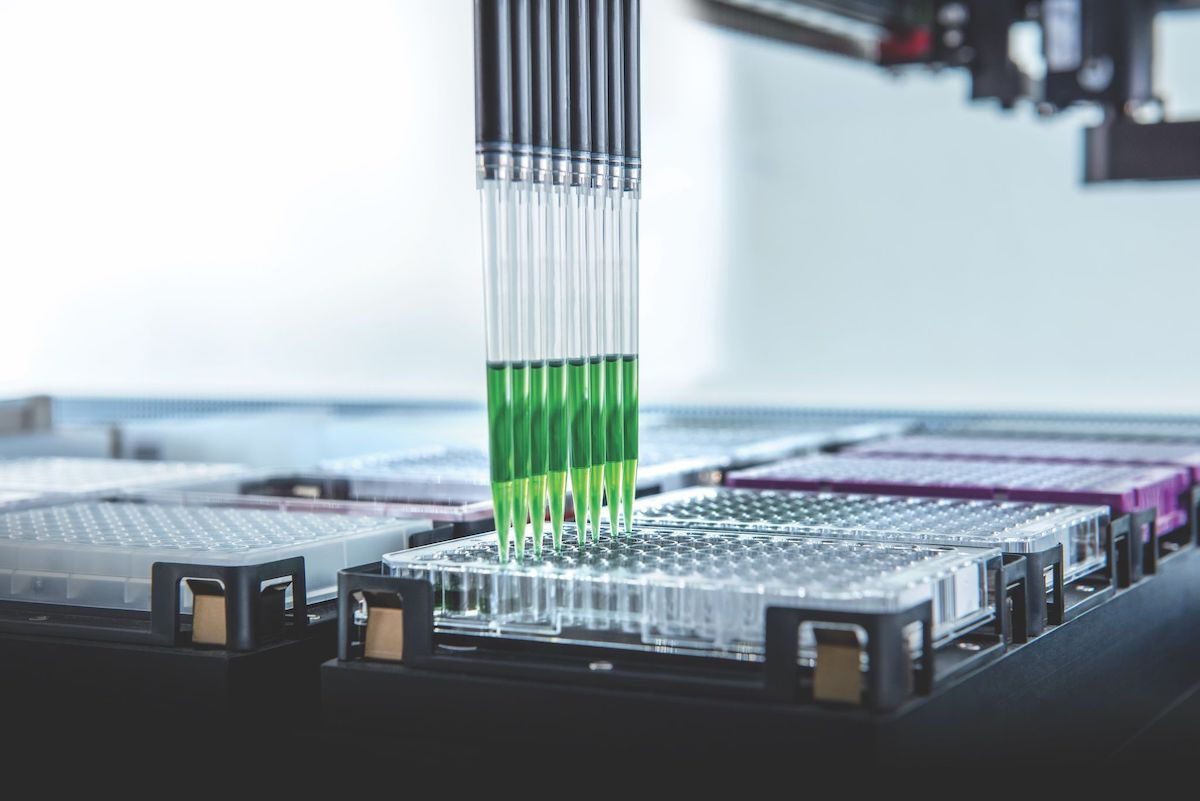Key Considerations in PCR Experiments
Dec 06, 2023
Polymerase Chain Reaction (PCR) is a molecular biology technique used to amplify specific DNA segments, resembling a specialized DNA replication process outside living organisms. PCR's major advantage lies in significantly amplifying minute DNA quantities.
Have you encountered challenges while conducting PCR experiments?
No Ct Value:
When detecting results without a Ct value, investigate the following issues:
- Insufficient cycle numbers (generally not exceeding 45 cycles, as higher cycles result in elevated background and inaccurate quantification).
- Incorrect PCR program settings, especially errors in the fluorescence signal detection steps.
- Primer or probe degradation, which can be examined through polyacrylamide gel electrophoresis.
- Potential template degradation or insufficient loading. It is advisable to start with a series of dilutions for unknown concentration samples.
- Inappropriate primer-probe compatibility, especially for primers spanning introns.
Late Ct Value:
In relative quantification, maintain Ct values ideally between 15–25, while for absolute quantification, Ct values may increase for low-copy samples but should not exceed 40 cycles. Possible causes:
- Poor amplification efficiency due to inappropriate primer-probe ratios or design.
- Unsuitable PCR program; consider using a three-step reaction or optimizing annealing/extension temperatures.
- Inappropriate MgCl2 concentration; consider adjusting the magnesium ion concentration.
- PCR product length exceeding 500 bp.
- Presence of inhibitors; use high-purity templates or perform template dilution.
Positive Control Shows Signals:
Signals in the negative control amplification may result from:
- Suboptimal primer design, avoiding primer dimers and hairpin structures.
- Inadequate primer concentration; optimize concentrations and balance upstream and downstream primers.
- Excessive magnesium ion concentration; reduce the concentration or choose a more suitable mix reagent.
- Genomic contamination in the template; avoid contamination during RNA extraction or design primers to prevent nonspecific amplification.
- Cross-contamination in reagents or the environment; address environmental contamination and consider replacing consumables.
Poor Standard Curve:
A poorly linear standard curve (R2 < 0.9) may indicate issues such as:
- Errors in standard dilution or addition, causing a non-gradient standard curve.
- Standard degradation; avoid freeze-thaw cycles and store at -20°C or -80°C.
- Inadequate primer or probe quality; redesign for better stability.
- Excessive template concentration; keep template amounts within the recommended range.
Non-Specific Melt Curve Peaks:
Non-specific peaks in the melt curve may arise from:
- Suboptimal primer design, minimizing primer dimers and secondary structures.
- Genomic contamination in the template; prevent genomic DNA introduction during RNA extraction.
- Inappropriate ion concentrations; adjust magnesium ion levels or select a more suitable mix reagent.
Abnormal Amplification Curve:
Anomalous amplification curves, such as "S" shapes, may result from:
- Excessive template concentration or degradation.
- Fluorescent dye degradation.
- Preventing any fingerprints or marks during fluorescence quantification PCR operations.
- Evaporation issues, such as inadequate sealing or gas bubbles.
- Bubble formation due to pipetting errors.
Low Amplification Efficiency:
For all genes, particularly when satisfactory amplification signals for reference genes are elusive, consider:
- Suboptimal reaction reagent proportions or fluorophore degradation.
- Suboptimal reaction conditions; consider lowering annealing temperatures or switching to a three-step amplification, extending denaturation/annealing times.
- Presence of PCR reaction inhibitors; dilute the template appropriately before adding to the reaction system.
- These troubleshooting tips should help address common challenges encountered during PCR experiments, ensuring reliable and accurate results.
Previous: Features and Selection of PCR Consumables
Next: How to Select Various Styles of PCR Plates



